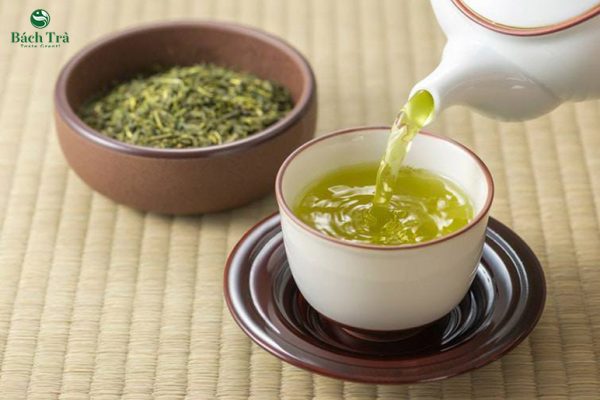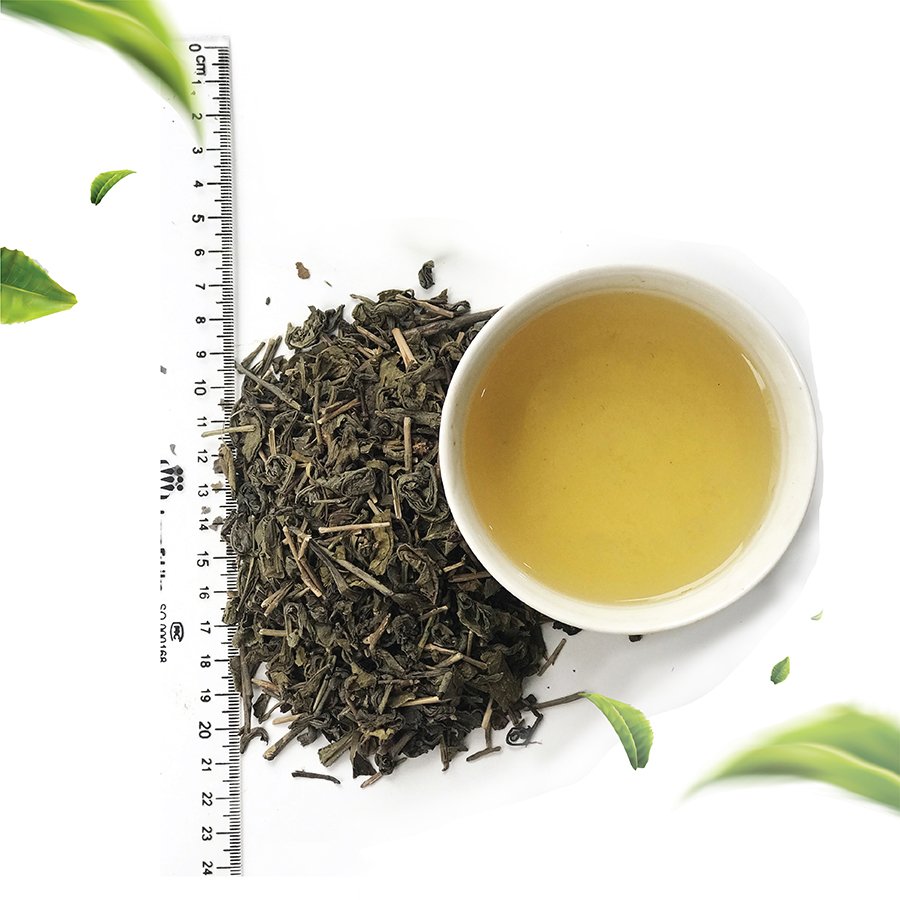Green tea is one of the most consumed and celebrated types of tea worldwide, known for its fresh taste, health benefits, and wide range of styles. Among the most defining differences in green tea production are the methods used to halt oxidation: steaming and pan-firing. These two techniques give rise to two distinct categories—Steamed Green Tea and Pan-Fired Green Tea—each with its own unique characteristics, flavor profiles, and cultural origins.
What Is Steamed Green Tea?
Steamed Green Tea is most famously associated with Japanese tea production. After harvest, the fresh tea leaves are quickly steamed—usually for less than a minute—to deactivate the enzymes that cause oxidation. This process helps preserve the natural green color and fresh vegetal aroma of the tea.
Steamed green tea leaves are typically more brittle and produce a vibrant green liquor with a grassy, umami-rich flavor. Well-known varieties include Sencha, Gyokuro, and Matcha, which are prized for their smooth, savory taste and health-boosting catechins.
What Is Pan-Fired Green Tea?

Pan-Fired Green Tea, on the other hand, is a hallmark of Chinese and Vietnamese tea traditions. Instead of steaming, the leaves are tossed or pressed in hot iron pans or woks to stop oxidation. This method gives the tea a toasty, nutty aroma and a slightly more robust flavor.
Popular pan-fired green teas include Longjing (Dragon Well) and Vietnamese Shan Tuyet green tea, which offer subtle sweetness, roasted chestnut notes, and a smooth mouthfeel. Pan-firing often results in twisted or flat leaf shapes, adding to the tea’s visual appeal.
Flavor & Aroma: A Contrast of Profiles
The most noticeable difference between steamed and pan-fired green teas lies in their flavor and aroma:
- Steamed Green Tea has a grassy, vegetal, umami taste. Its aroma is often likened to seaweed or fresh greens.
- Pan-Fired Green Tea features a nutty, roasted, and mellow flavor with hints of sweetness and toast.
These differences cater to distinct consumer preferences. Steamed green teas are popular in Japan and parts of Western Europe, while pan-fired teas are favored in China, Southeast Asia, and North America.

Processing Methods & Shelf Life
Both processing techniques have their advantages:
- Steamed Green Tea requires precise control of temperature and timing. The steaming process is fast but demands specialized equipment.
- Pan-Fired Green Tea is more artisanal and labor-intensive but allows more flexibility in shaping and drying.
In terms of shelf life, pan-fired green teas tend to last slightly longer due to lower moisture retention, whereas steamed green teas are best consumed fresh to maintain their bright flavor.
